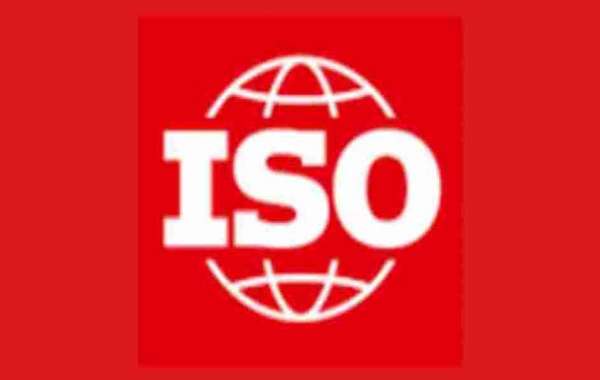Title: ISO 50001 Certification: A Comprehensive Guide to Energy Management Systems
Introduction
In a world focused on sustainability, ISO 50001 certification has emerged as a standard for organizations aiming to enhance energy efficiency. This globally recognized certification outlines best practices for energy management, enabling businesses to reduce their environmental impact, cut costs, and improve operational efficiency. This guide will cover what ISO 50001 certification is, its benefits, and how organizations can achieve it.
What is ISO 50001 Certification?
ISO 50001 is an international standard that provides a framework for establishing, implementing, and maintaining an energy management system (EnMS). The standard encourages organizations to adopt energy-efficient practices, optimize energy use, and implement continuous improvement processes to achieve energy-related objectives.
Key Components of ISO 50001
- Energy Policy Development: Outlining organizational goals for energy performance.
- Energy Planning: Assessing current energy use and setting objectives.
- Implementation and Operation: Putting plans into action.
- Performance Evaluation: Regularly monitoring energy metrics.
- Continuous Improvement: Reviewing and enhancing the EnMS over time.
Benefits of ISO 50001 Certification
- Reduced Energy Costs: ISO 50001 helps organizations identify inefficiencies and reduce energy consumption, leading to significant cost savings.
- Enhanced Sustainability: By implementing energy-saving practices, companies can decrease their environmental footprint, supporting sustainability goals.
- Improved Reputation: Achieving ISO 50001 demonstrates a commitment to sustainability, which can strengthen an organization’s reputation among customers, investors, and partners.
- Compliance with Regulations: Many regions require organizations to adhere to energy efficiency standards, and ISO 50001 can help ensure compliance.
Steps to Achieve ISO 50001 Certification
- Gap Analysis: Evaluate current energy management practices against ISO 50001 requirements to identify areas for improvement.
- Develop an Energy Management System (EnMS): Create policies, set objectives, and establish key performance indicators (KPIs).
- Implementation and Training: Train staff and implement energy management practices throughout the organization.
- Internal Audits: Conduct internal audits to assess the effectiveness of the EnMS and ensure compliance with ISO 50001 standards.
- Certification Audit: Engage an accredited certification body to conduct an external audit and verify adherence to the ISO 50001 standard.
- Continuous Improvement: Continuously monitor and improve the EnMS to maintain ISO 50001 certification.
Best Practices for Maintaining ISO 50001 Certification
- Employee Engagement: Involve employees at all levels in energy-saving initiatives and provide regular training.
- Regular Audits and Reviews: Conduct periodic internal audits to ensure ongoing compliance and identify areas for improvement.
- Leverage Data and Technology: Use energy management software to track performance metrics and optimize energy use.
- Set Realistic Goals: Establish achievable goals to drive continuous improvement and motivate the team.
- Stay Updated on ISO Standards: Regularly review any updates or changes to the ISO 50001 standard to ensure ongoing compliance.
Challenges and Solutions in ISO 50001 Implementation
- Initial Costs: Implementation can require a significant investment, but energy savings over time help offset initial expenses.
- Data Management: Gathering and analyzing energy data can be challenging. Adopting advanced energy monitoring tools can simplify this process.
- Employee Participation: Ensuring everyone follows energy management protocols is essential. Clear communication and incentives can increase participation.
Conclusion
ISO 50001 certification empowers organizations to take control of their energy use, reduce costs, and contribute to a sustainable future. As global energy demands rise, implementing ISO 50001 offers a practical way for businesses to minimize waste, achieve energy goals, and demonstrate a commitment to environmental stewardship. With the right planning and dedication, companies can realize substantial energy savings and make a positive impact on their bottom line and the planet.
Read More : iso 50001 certification




